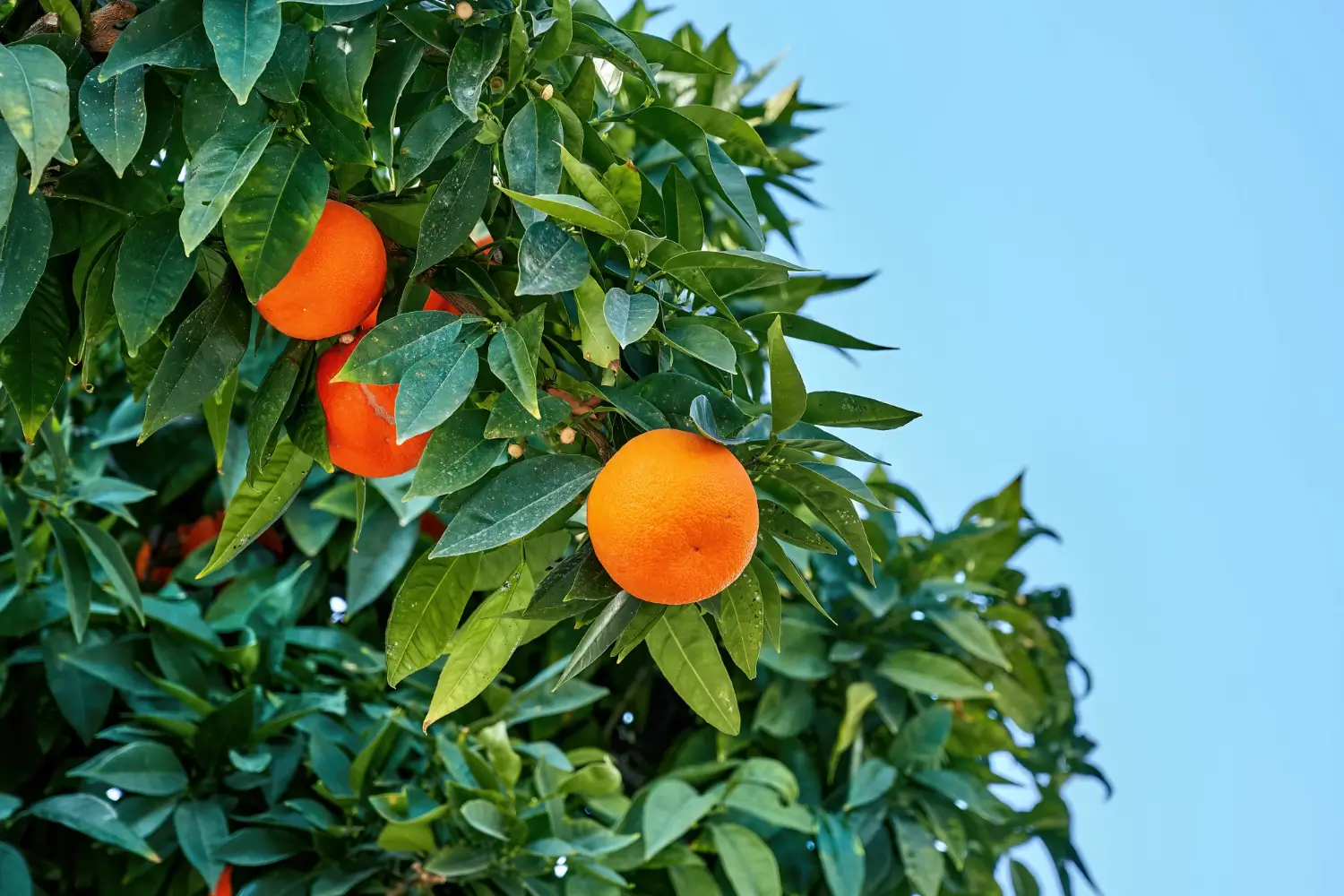
Soil Health & Fertilization
We unite suppliers and green industry professionals worldwide
The Old Man Cactus is a slow-growing, long-living cactus that’s perfect for containers, sunny windowsills, or outdoor succulent gardens in warm climates. In spite of how dramatic it looks, this low-maintenance plant is ideal for all plant collectors.
By Victor Miller
|Published on June 18, 2025
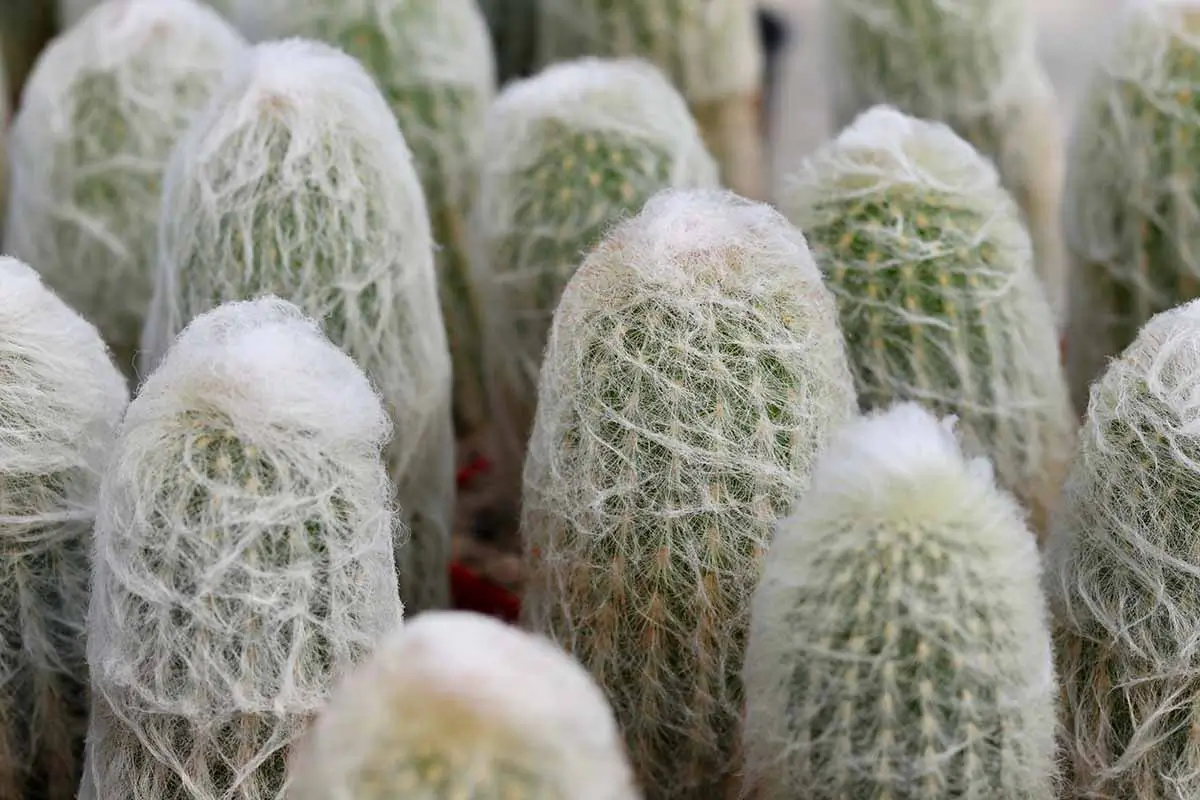

“Can a cactus really resemble an old man?”
The Old Man Cactus says it all with its whimsical, white hair and is definitely a great decoration for your home or garden. Covered in delicate silvery hairs that make it appear as though it has a flowing beard, this unusual cactus does more than just charm — it’s also one of the easiest succulents to grow. It is native to the desert regions of Mexico and likes bright light and dry soil, slowly growing taller with age while maintaining its endearing, aged look.
The Old Man Cactus (Cephalocereus senilis) is a slow-growing, long-living cactus that’s perfect for containers, sunny windowsills, or outdoor succulent gardens in warm climates. In spite of how dramatic it looks, this low-maintenance plant is ideal for beginners and experienced collectors.
Whether you’re creating a minimalist desert garden or a one-of-a-kind indoor plant shelf, the Old Man Cactus adds structure, texture and unmistakable sense of personality. Its eye-catching appearance and easygoing maintenance requirements make it a standout for both visual interest and longevity.
| Common Name | Old Man Cactus |
| Botanical Name | Cephalocereus senilis |
| Type | Columnar cactus, succulent |
| Height | 6 to 15 feet tall (wild); 1 to 3 feet in containers |
| Light Needs | Full sun to bright indirect light |
| Soil Needs | Well-draining cactus/succulent mix |
| Watering Needs | Infriquent; allow the soil to dry between waterings |
| Bloom Time | Infrequent in cultivation; spring to early summer (on mature plants) |
| USDA Hardiness Zones | 9–11 outdoors; commonly grown indoors |

September 25, 2025
9 minute read
September 24, 2025
9 minute read
September 23, 2025
10 minute read
September 22, 2025
9 minute read


Join as a seller and connect with thousands of B2B buyers nationwide!
Sign Up
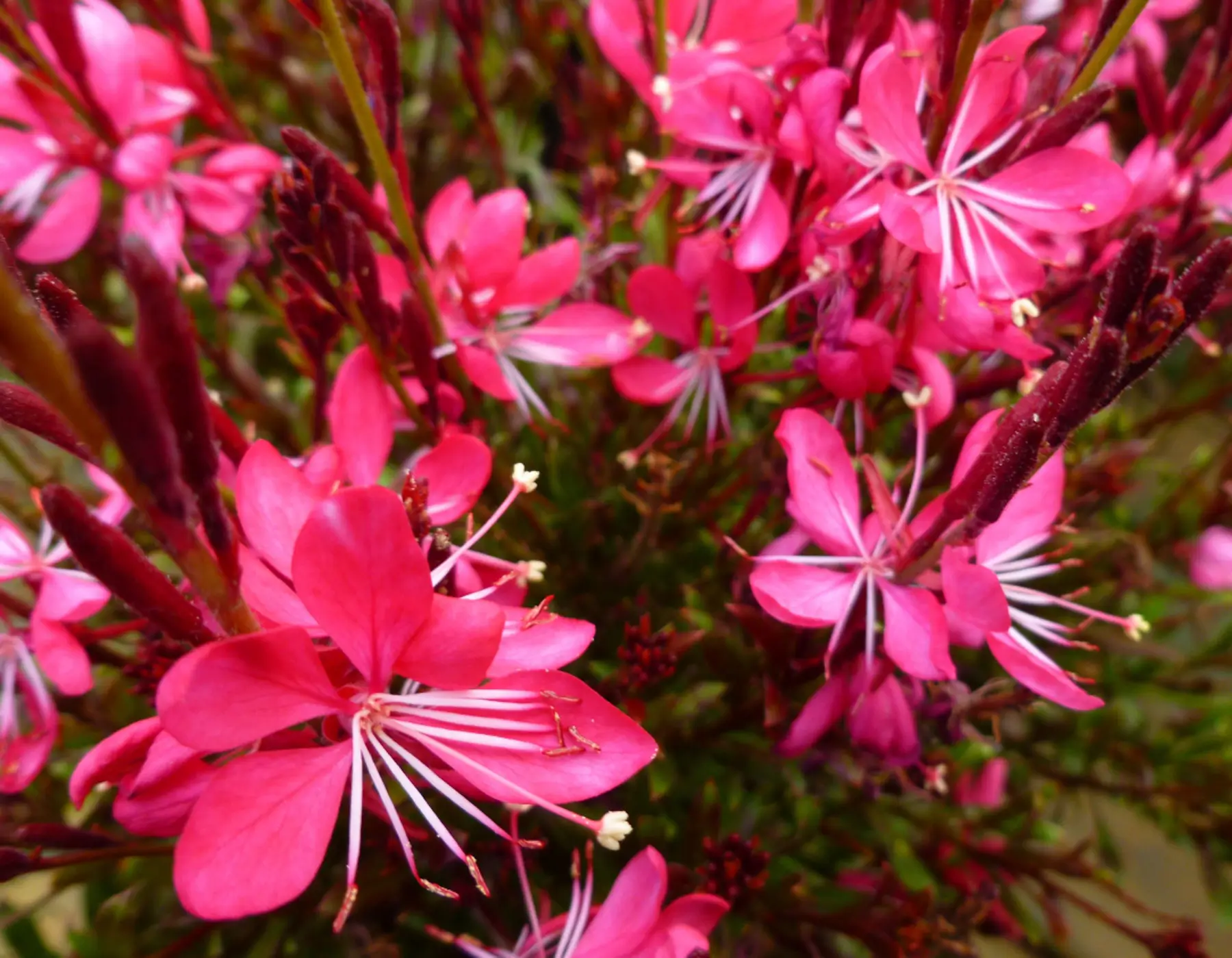
Wandflower
A Soft Bloomer That Dances in the Breeze
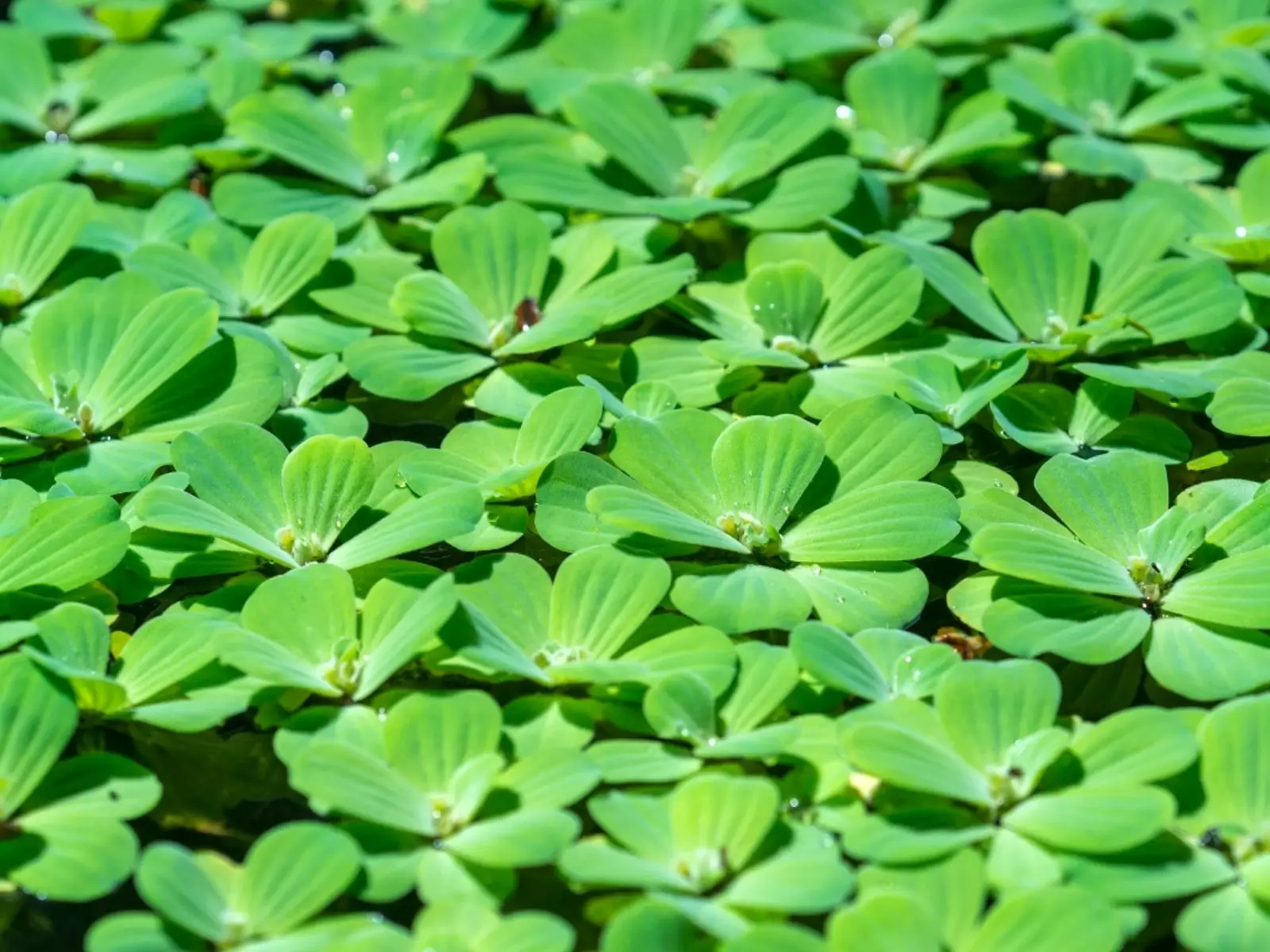
Water Lettuce
A Floating Beauty With a Leafy Name and Lush History

Quick Fire Hydrangea
Quick Fire Hydrangea is an early blooming, fiery-toned shrub that brings drama and color to the garden long before most hydrangeas even think about flowering. It comes into bloom as early as late spring, and sets landscapes aglow with frothy white flowers
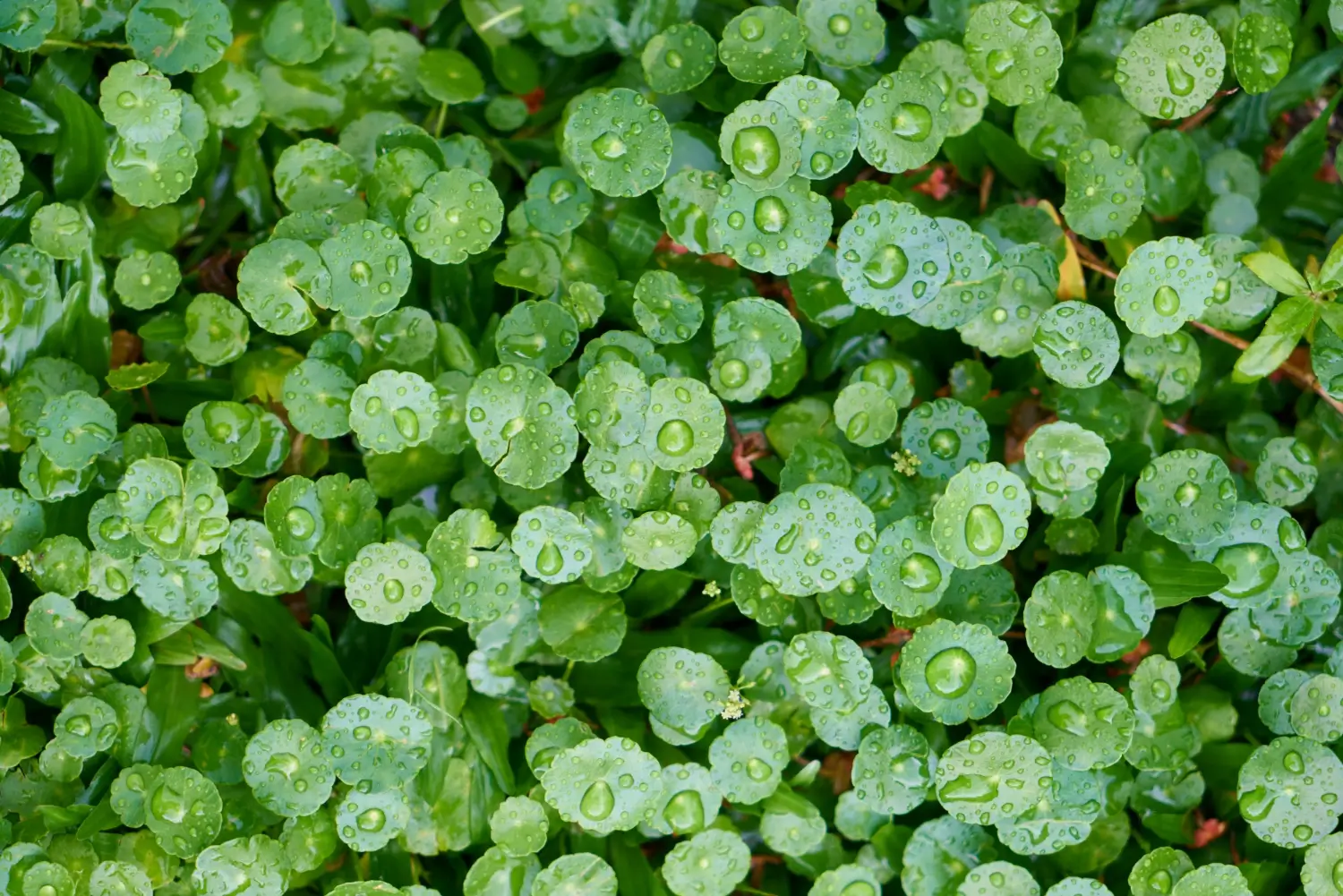
Watercress
A pepper green that’s as spicy as it is fresh
Old Man Cactus says take it easy, keep it simple. Provide it with some sunlight, warmth and very little water and it will flourish. The fuzzy white hair isn’t just for interest’s sake: they help the cactus protect intense sun and temperature shifts.
Allow the soil to dry out completely between waterings and never let the pot sit in water. This is a drought-tolerant cactus but very susceptible to root rot when overwatered. The Old Man Cactus is accustomed to hot temperatures and low moisture, since it is native to the desert.
Old Man Cactus loves the sun. At least 6 to 8 hours of bright direct sun helps it retain its compact form, with healthy hair production. Indoors, place it near a south- or west-facing window. If grown with less light, it’ll lose that fuzzy characteristic and become leggy.
Gritty, fast-draining cactus or succulent mix is preferred. You can also mix your own by blending potting soil with coarse sand, perlite or pumice. Proper drainage is essential — heavy, wet soils cause rot. Choose containers with drainage holes to prevent collecting too much water.
This cactus prefers to stay dry. Do not overwater — usually every 2-3 weeks in warmer months, and even less in winter! Let the top 2–3 inches of soil dry completely between waterings. Overwatering is the most common cause of failure with this plant.
There is no pruning necessary for the Old Man Cactus, it will grow its best if left undisturbed. But if it becomes damaged or you see any rot, you can simply cut the affected areas with sterilized sheers. Don’t remove the fuzzy hair — it protects the plant and helps it stay at the correct temperature.
It’s also important to avoid brushing or combing the hair, as tempting as it may be. The natural messiness is the plant’s protection and look. If debris gets caught in the fuzz, use gentle tweezers or soft brushes to remove it without disturbing the plant itself.
If your cactus grows tall and leans, you can support it gently with a stake, but avoid tying anything tightly around the stem, as the spines and hair can trap moisture and cause rot where the plant is compressed. Be sure to clean your tools so you do not spread bacteria or fungal spores.
It is typically propagated by seed, although it’s a slow process. Adult plants may also have pups or offshoots that can be gently separated and replanted.
To grow from seed:
This cactus does fantastic in containers, especially in harsh winters climates.
Old Man Cactus doesn't tolerate frost. If you are in USDA zones 9 or lower, make sure to bring your plant indoors before the first frost. Put it in a bright window and cut back on watering — you may only need to water every 4–6 weeks during dormancy. Keep it in a cool, dry room (ideally around 50–60°F).
Don’t fertilize or repot during winter, when the cactus is in a resting phase and won’t use extra nutrients. Keeping the plant in cooler temperatures (but not freezing) helps signal this natural dormancy.
Even indoors, consider that drafty windows or a heating vent can alter the temperature around the plant significantly. Cold air drafts or blasts of warm, dry furnace air are both stressful to the cactus. A bright, quiet corner away from sudden changes is best.
Flowers are infrequent, especially in indoor growing, and generally occur only on very old plants (frequently more than 10 years old). When it does flower, the cactus gives way to pinkish-red,tube-like flowers in spring or early summer. Blooms open at night and are pollinated by bats in the wild.
Old Man Cactus is relatively simple to grow, but as with all succulents, it can face a few issues when its conditions are not met. The most common problems come from overwatering, insufficient light or too much humidity.
Also, check under the fuzz periodically for signs of scale or other pests that may hide from view. Most problems can be avoided before they start by making sure your cactus is in a nice, open, airy location, and not sitting in excessive moisture. Prevention is the best cure for this low-maintenance plant.
Its iconic white fuzz, slow growth, and easy-care nature make the Old Man Cactus a superb addition to perfect any plant collection. Whether it’s soaking up sun on a patio or brightening a windowsill indoors, this cactus brings timeless charm and resilience to any space. Treat it to light and dryness — and in return, it may stick around longer than you do.
It is not a poisonous plant, but its spines can injure curious pets. Keep it out of reach.
You can, but it’s best to avoid disturbing it — the hair is serving as natural protection.
Outdoors in warm climates, it can reach 15 feet. In containers, it generally grows 1 to 3 feet tall.
Yes! The white, wooly hair gives it a charmingly aged look, especially as it grows taller.

Soil Health & Fertilization
Victor Miller

Pest Identification & Prevention
Victor Miller
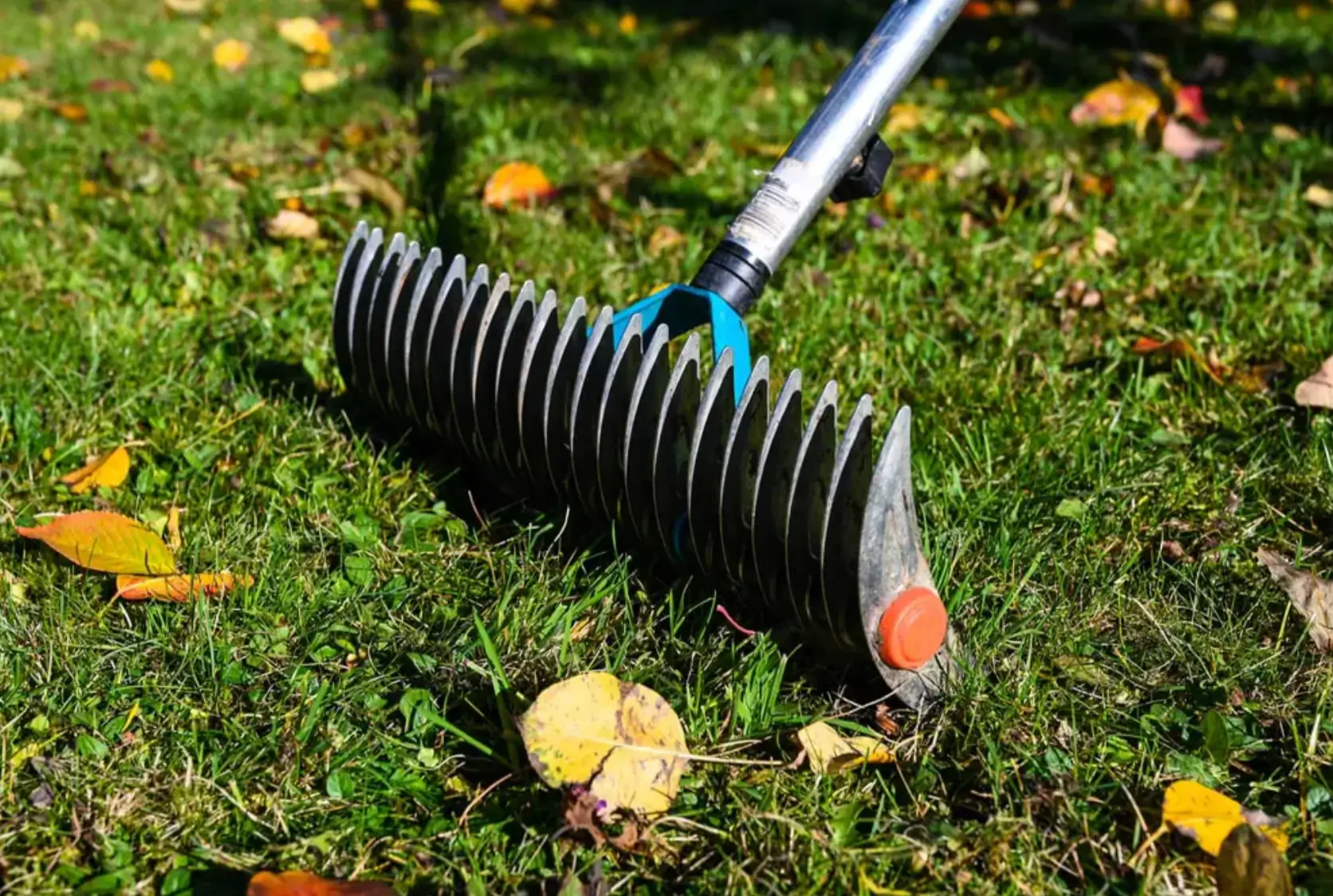
Lawn Care Tips & Maintenance
Victor Miller
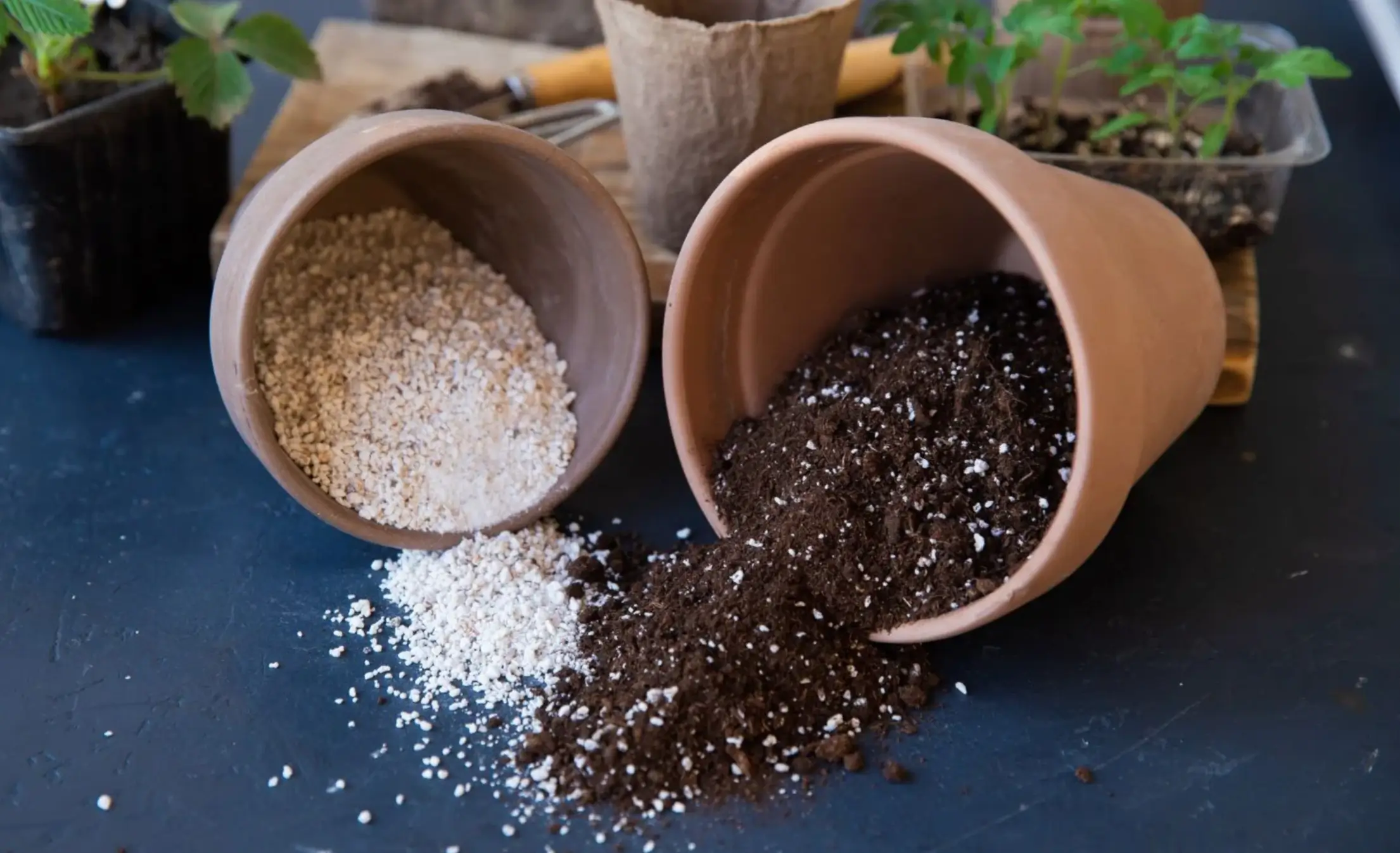
Soil Health & Fertilization
Victor Miller

Smart Irrigation Systems
Victor Miller

Patios, Walkways & Driveways
Victor Miller
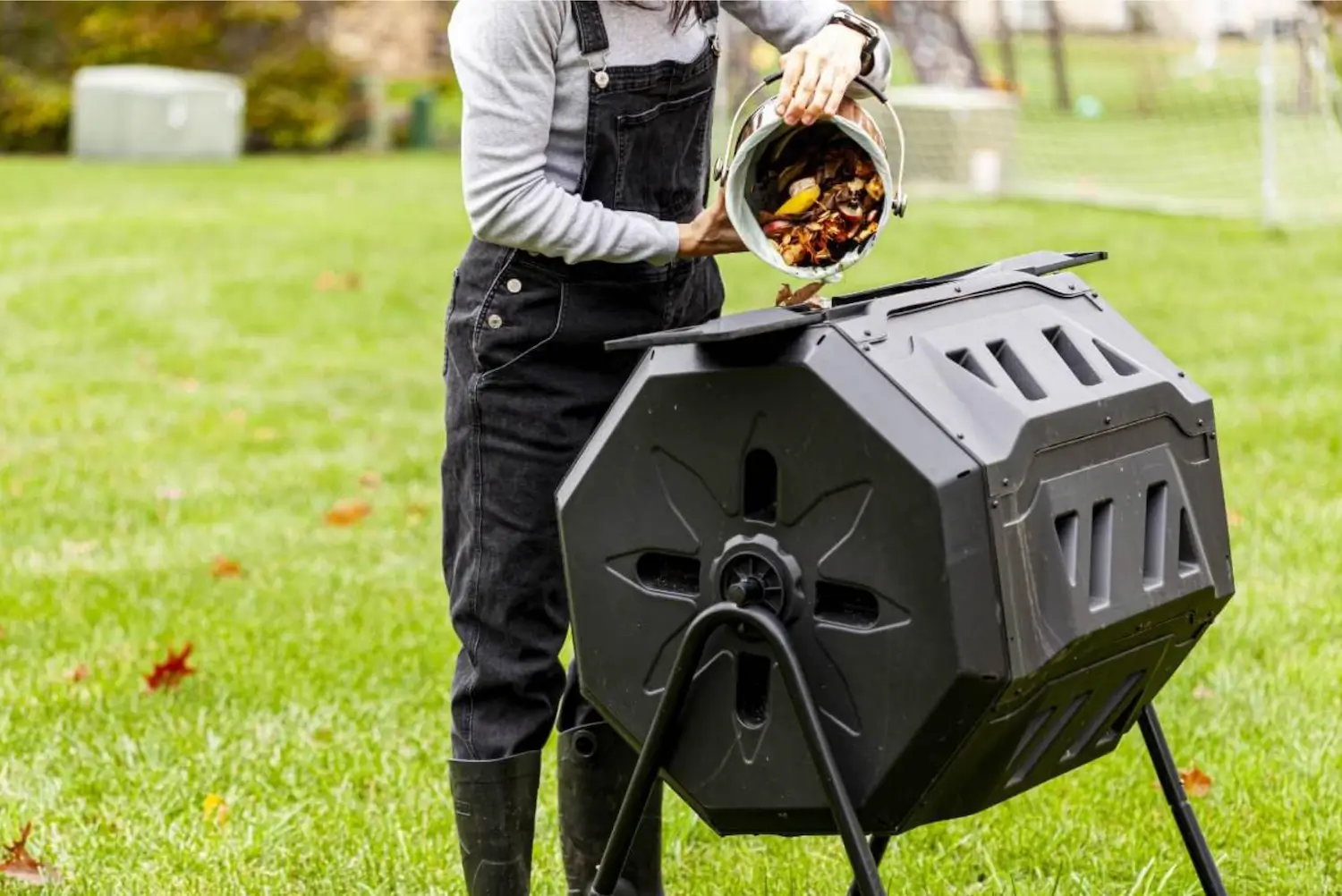
Soil Health & Fertilization
Victor Miller
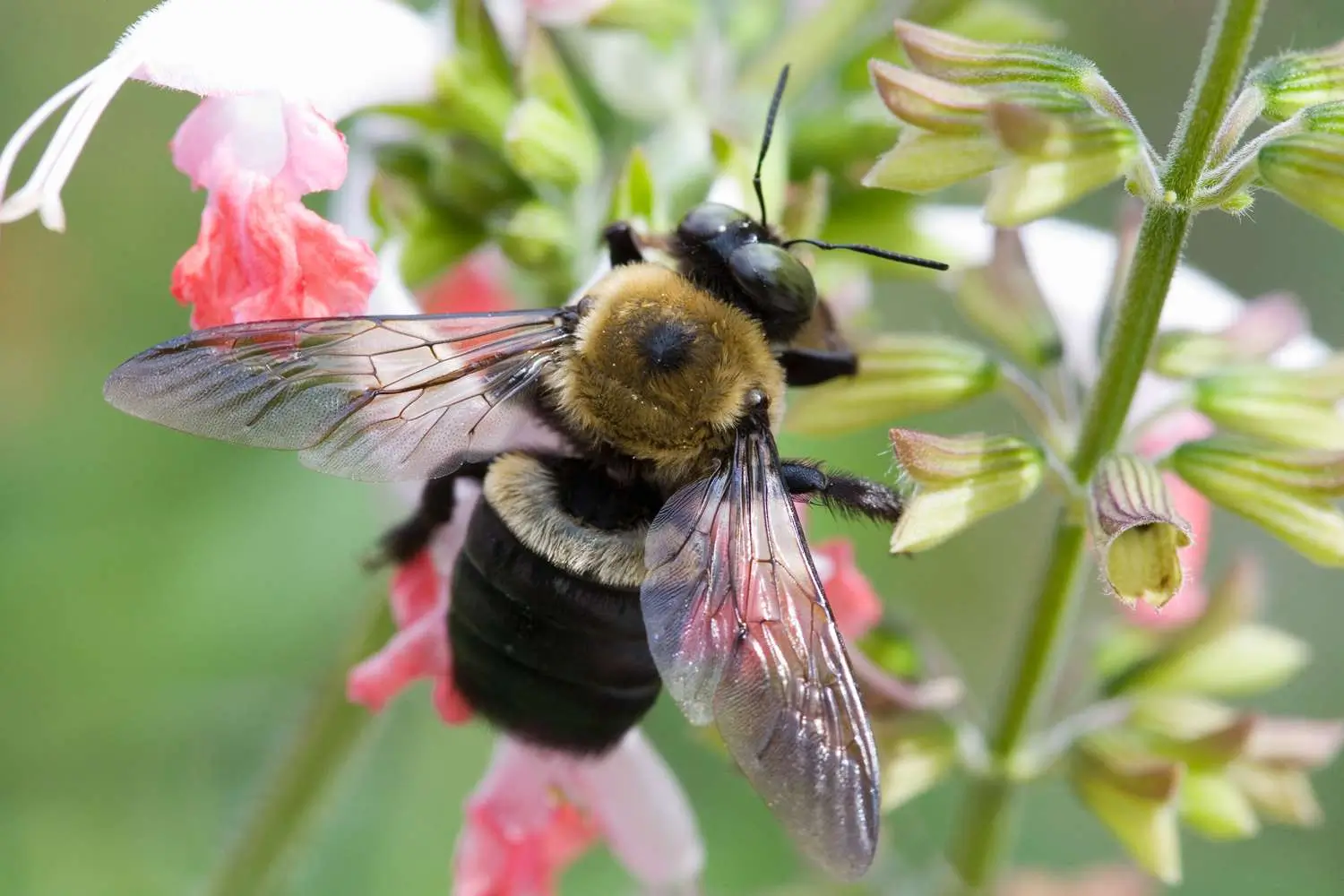
Pest Identification & Prevention
Victor Miller
My Account
Our team is always here to help.
We are open Monday - Friday, 9:00 AM to 4:30 PM PST.